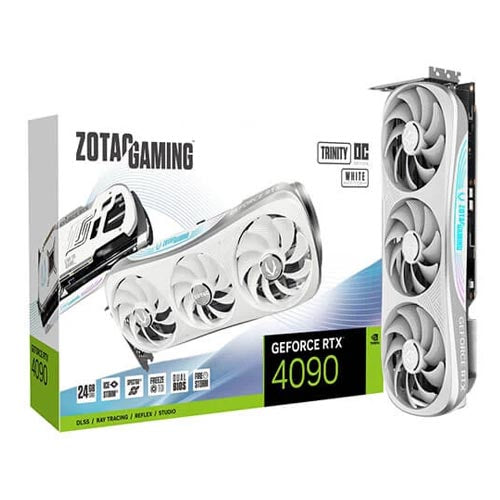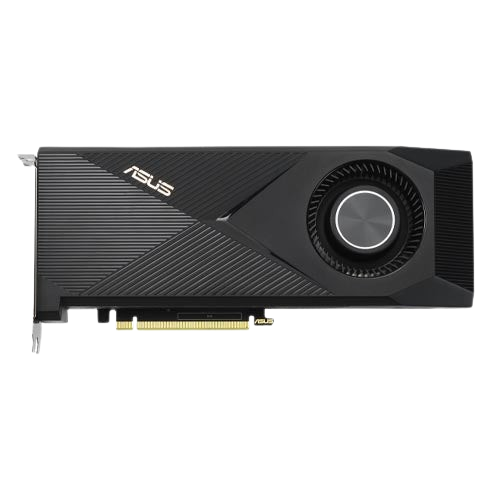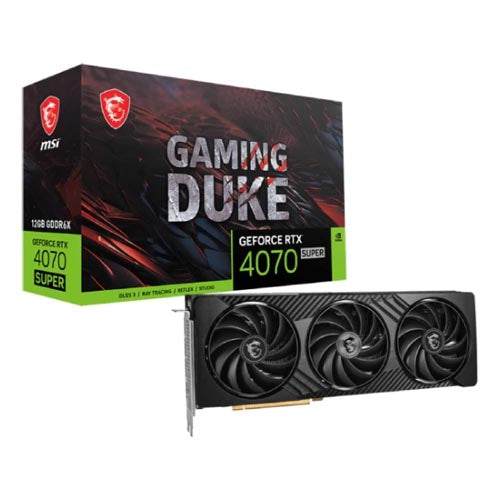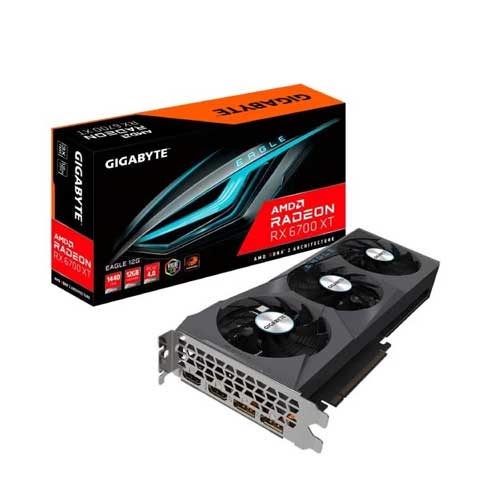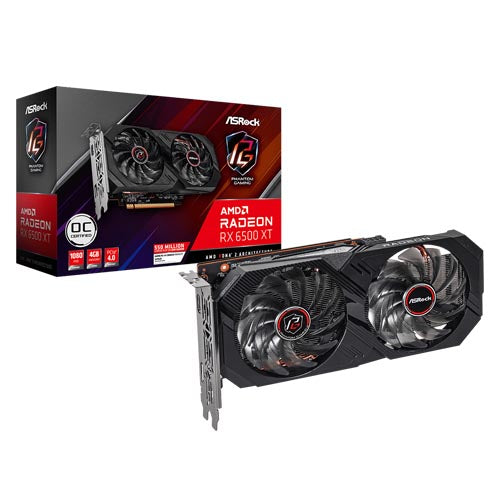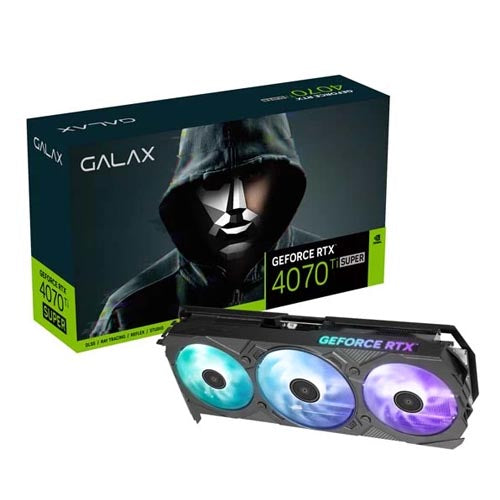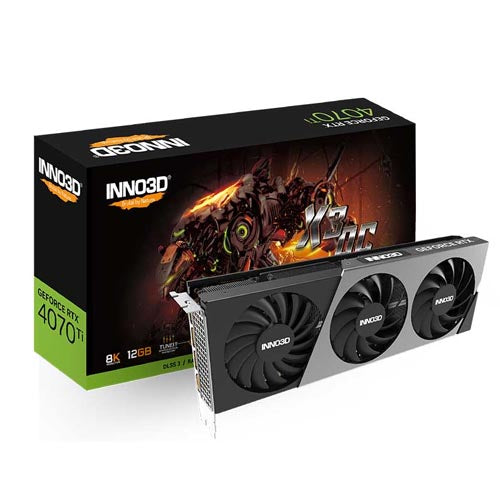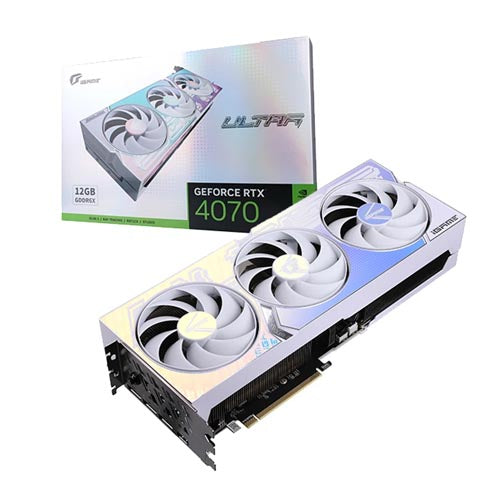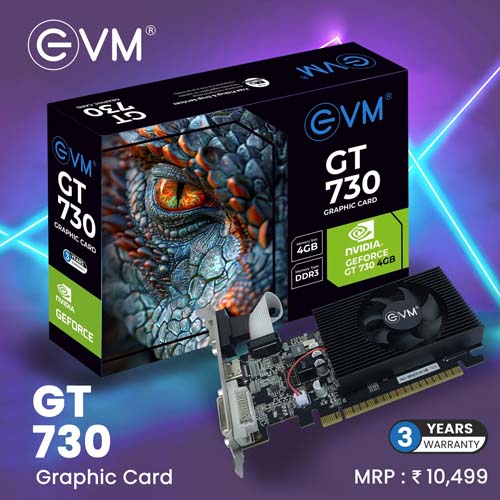
In the fast-paced world of IT infrastructure, system reliability and uptime are paramount. Downtime not only disrupts workflows and impacts productivity but can also compromise security and erode customer trust. While many IT teams focus on high-level infrastructure strategies—such as cloud adoption or server virtualization—one critical aspect often overlooked is maintaining an inventory of essential spare parts.
From hot-swappable disks to redundant power supply units, these components are the first line of defense against hardware failures that can grind operations to a halt. In this comprehensive, technically-oriented blog, we’ll explore the spare parts that every IT department should have on hand. We’ll also discuss why these spares are critical, how they mitigate risks, and how to determine the optimal inventory for your unique environment.
The Importance of Spare Parts in IT
Spare parts are not merely a convenience—they’re a core aspect of any robust disaster recovery and hardware resilience plan. In technical terms, spare parts mitigate single points of failure (SPOF) in your hardware ecosystem. When a component fails, having a replacement readily available can mean the difference between minutes of downtime and hours—or even days—of disruption.
In complex IT environments, hardware redundancy is often built into system architecture: RAID arrays for disks, dual power supplies in servers, or failover clusters for applications. However, even these redundancies rely on underlying hardware. Spare parts bridge the gap between failure and recovery, ensuring that your hardware-level redundancy does not become a bottleneck.
Spare Parts Inventory: The Technical Approach
An effective spare parts inventory is not one-size-fits-all. It depends on factors such as the types of servers and networking devices you use, your workload profiles, and your criticality tolerance (RTO/RPO). Let’s dive into the core technical categories of spare parts.
Storage Components: Keeping Data Flowing
Hard Disk Drives (HDDs) and Solid State Drives (SSDs) are among the most frequently replaced components in servers and storage arrays. Disk failure can be catastrophic, especially in environments running mission-critical databases or virtual machines.
From a technical perspective, it’s important to stock spares that match your production environment. This includes matching interface types—SATA, SAS, or NVMe—as well as capacity and speed. Mismatched disks can lead to performance inconsistencies in RAID arrays or may not even be compatible with the host backplane.
For SSDs, wear-leveling and TBW (Total Bytes Written) metrics should be considered when selecting spares. NVMe SSDs for high-performance workloads (e.g., AI inference, real-time analytics) also require careful compatibility checks with your server’s PCIe bus layout.

Memory Modules: Ensuring Stable Performance
RAM (Random Access Memory) failures, while less frequent than disk failures, can have a severe impact on system stability. ECC (Error-Correcting Code) RAM is standard in server environments to catch and correct bit-level errors, but physical module failure still occurs.
Spare memory modules should match the original system’s speed, rank, and capacity. In servers with multi-channel memory configurations, even minor discrepancies can degrade performance or trigger boot errors. Having spares of the same part number (or vendor-approved equivalent) ensures consistent performance.
Power Redundancy: Minimizing Downtime
Power Supply Units (PSUs) are another critical spare part. Many enterprise servers and network devices are designed with redundant, hot-swappable PSUs. However, redundancy only works if spare units are immediately available when a PSU fails.
Spare PSUs should match wattage and connector types exactly. Differences in PSU specifications can lead to underpowered servers, thermal issues, or outright incompatibility. For data centers with multiple generations of servers, maintaining a catalog of PSU part numbers and cross-compatibility is essential.
Network Interfaces: Preserving Connectivity
Network Interface Cards (NICs) are crucial for maintaining connectivity and performance in virtualized environments or high-bandwidth applications.
Technical best practices suggest stocking spares for both standard 1GbE NICs and high-speed variants (10GbE, 25GbE, or 100GbE), depending on your data center’s backbone architecture. Fiber and copper connections require different types of NICs and transceivers (SFP/SFP+/QSFP), so it’s critical to align your spare inventory with your actual deployment topology.
Cooling Fans and Thermal Management
Server cooling is often overlooked until a fan failure triggers thermal alarms or—worse—causes CPU throttling.
Fans are typically hot-swappable in enterprise-grade servers, but models and connector layouts vary widely. Stocking compatible spare fans ensures thermal stability even in the event of a failure. Technically, it’s wise to track fan RPM ratings and airflow characteristics (CFM) to avoid mismatches that could compromise cooling performance.
RAID Controllers and HBA Cards
RAID controllers and Host Bus Adapters (HBAs) are the backbone of enterprise storage solutions.
While RAID cards themselves are robust, they can fail due to power surges or firmware corruption. Having spares minimizes downtime for environments running hardware-based RAID arrays, where software RAID replacements are impractical. Spares should be validated against your server’s backplane and disk configurations.
GPU and Accelerator Cards
For environments running AI/ML workloads, rendering farms, or video transcoding, GPU and accelerator cards are a mission-critical resource.
Though not traditionally part of standard server spares, having a compatible GPU or FPGA spare can be a lifesaver when dealing with sudden card failures or expansions. These components are also sensitive to thermal and power constraints, so having a validated spare ensures compatibility with your server’s PSU and thermal management system.
Cabling and Connectors
Cables may seem trivial, but in technical environments, the right cabling is essential for performance and reliability.
This includes SAS cables for storage backplanes, Ethernet cables for high-speed networking, and power cables rated for data center usage. Cabling failures can mimic hardware faults and lead to extended troubleshooting if not immediately replaceable. Stocking tested, vendor-approved cables avoids signal degradation and minimizes time to resolution during incidents.
CMOS Batteries and NVRAM Modules
CMOS batteries and Non-Volatile RAM (NVRAM) modules preserve system BIOS settings and RAID configurations.
Failure of these small components can lead to boot issues, especially in legacy hardware that doesn’t support software-based configuration backups. Having spares ensures you can restore configurations without resorting to full reconfiguration or data restoration efforts.

Environmental Sensors and Monitoring Components
Servers and network appliances rely on temperature, humidity, and airflow sensors to maintain optimal operating conditions.
If these sensors fail, systems may default to conservative performance profiles or trigger false alarms. Stocking replacements ensures your monitoring systems remain accurate and your environment stays within safe thresholds.
Firmware and Software Licenses
While not strictly hardware, firmware and software licensing dongles can also become a single point of failure.
For example, some high-end RAID controllers require license keys for advanced features like RAID 6 or SSD caching. Losing or corrupting these keys can cripple performance until replacements are secured. Keeping spare license dongles or documented activation keys ensures seamless transitions during hardware swaps.
Determining the Right Inventory Levels
Stocking spares is a balancing act between operational resilience and cost.
Technically, the right inventory level depends on Mean Time Between Failures (MTBF) data, workload criticality, and historical failure patterns in your environment. Many IT departments leverage predictive analytics to forecast spare part consumption, minimizing both the risk of downtime and overstocking costs.
Another approach is to categorize spares based on criticality. For example, spare PSUs and disks should be prioritized due to their direct impact on uptime. Less critical components, like cable harnesses or fans in non-redundant systems, can be stocked at lower volumes.
Storage and Organization of Spare Parts
Technical success depends not only on having the right parts but also on storing them correctly.
ESD-safe storage environments, temperature-controlled areas, and clearly labeled bins ensure that spares remain functional and ready to deploy. Barcode or RFID tagging can streamline inventory management, while detailed documentation ensures compatibility data is always at hand.
Integration with Preventive Maintenance and Asset Management
Spare part management should be tightly coupled with your preventive maintenance schedules and IT asset management (ITAM) systems.
For example, proactively replacing fans or PSUs based on vendor recommendations—rather than waiting for failure—reduces emergency interventions. Linking spares to ITAM data ensures that as hardware ages, your spare inventory evolves accordingly.
Conclusion: The Technical Foundation for Uptime
For IT departments, spare parts are not an afterthought—they’re a crucial part of ensuring maximum uptime and reliability. By focusing on the technical compatibility and performance characteristics of spare components, IT teams can reduce downtime, protect sensitive data, and maintain optimal system performance.
Whether you’re running a single data center or a globally distributed cloud environment, the principles remain the same: a robust spare parts strategy mitigates the impact of hardware failures and reinforces your entire IT infrastructure.
In a world where data is king and downtime is costly, stocking the right spare parts isn’t just best practice—it’s a technical necessity. Start evaluating your environment today, identify your potential single points of failure, and build a spare parts inventory that ensures your business stays online and competitive.
